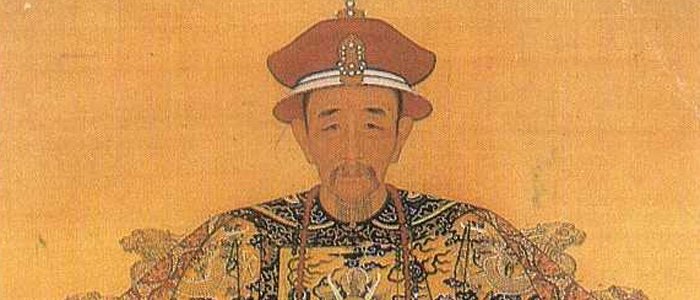The Name of the Book
(from the The Original I Ching Oracle , Watkins Publishing, London, 2005, Introduction)
The title of this book, I Ching, or Yi Jing, as it is written in contemporary pinyin romanization, can be translated as “Book of Changes” or “Classic of Changes.” An older form of the title is Zhou Yi, “Changes of the Zhou,” from the name of the Zhou dynasty (1122-256 BC), under which it came into being. Jing simply means “classic”: its canonization as a classic took place under the Han dynasty (206 BC – 220 AD), in the framework of the great unification of Chinese culture undertaken by the empire. Since then, the Yi Jing has been regarded as the Classic of Classics: for two thousand years it has been to the Chinese the ultimate map of “heaven and earth.” The essential word in the book’s name is yi, which means, amongst other things, “change.” But the yi the title of the book points to is not primarily the regular change involved in the cycle of day and night, in the succession of the seasons or in the organic growth of living things. Yi refers in the first place to unpredictable change. We find an expressive description of it in another classic, the Shu Jing, Book of Documents:
When in years, months and days the season has no yi, the hundred cereals ripen, the administration is enlightened, talented men of the people are distinguished, the house is peaceful and at ease. When in days, months and years the season has yi, the hundred cereals do not ripen, the administration is dark and unenlightened, talented men of the people are in petty positions, the house is not at peace.
(Bernhard Karlgren, The Book of Documents, Stockholm, 1950, p. 33, adapted)
We have yi when things are off track, when chaos irrupts into our life and the usual bearings no longer suffice for orientation. We all know that such times can be very fertile – and extremely painful, disconcerting and full of anxiety. Modern chaos theory pays particular attention to these murky transitions, by which forms transmute into each other. Life itself arises at the boundary between order and chaos: it requires both, it is a daughter of both. On the side of perfect order there is only dead stability, inertia, symmetry, thermodynamic equilibrium. Nothing very interesting can happen there: everything is too predictable, it resembles death more than life. But the side of total disorder is not very interesting either: forms appear and disappear too quickly, there is a total lack of symmetry, everything is too unpredictable. It is on the edge between order and chaos that the subtle dance of life takes place: here the real complexity arises, here forms bend and loop and transmute and evolve. The Yi Jing is the ancient Chinese map of this dance of order and chaos. It is based on two principles, yin and yang, that are closely related to the ideas of structure and action, form and energy. Pure yin is inert structure, dead immobility; pure yang is chaotic creation and destruction: it is like an arrow, which in its ceaseless forward movement constantly negates the position it had previously reached. But the interplay of yin and yang gives birth to the “myriad beings,” the endless variety of life and the world. In the Yi Jing this dance is encoded in sixty-four hexagrams, figures composed of six opened or whole lines, diagrams of different combinations of the yin and yang principles. But the book is not originally a philosophical text, although it has been used that way, and as such it has attracted a huge amount of philosophical commentary. It was born in the first millennium BC as a divination manual, i.e. as a practical tool to help people ride the waves of change and harness their energy: a tool to deal with yi, with critical times. In many ancient cultures these times were seen as intrusions of the divine, of gods and spirits, into human life, and a proper interrogation of these higher powers, engaging them in a dialogue, was considered essential in order to overcome the crisis. An important form of this dialogue are the practices we call divination. The Yi Jing was born and kept being used throughout its long history as one such method of divination, as an oracle.
Read on: synchronicity
